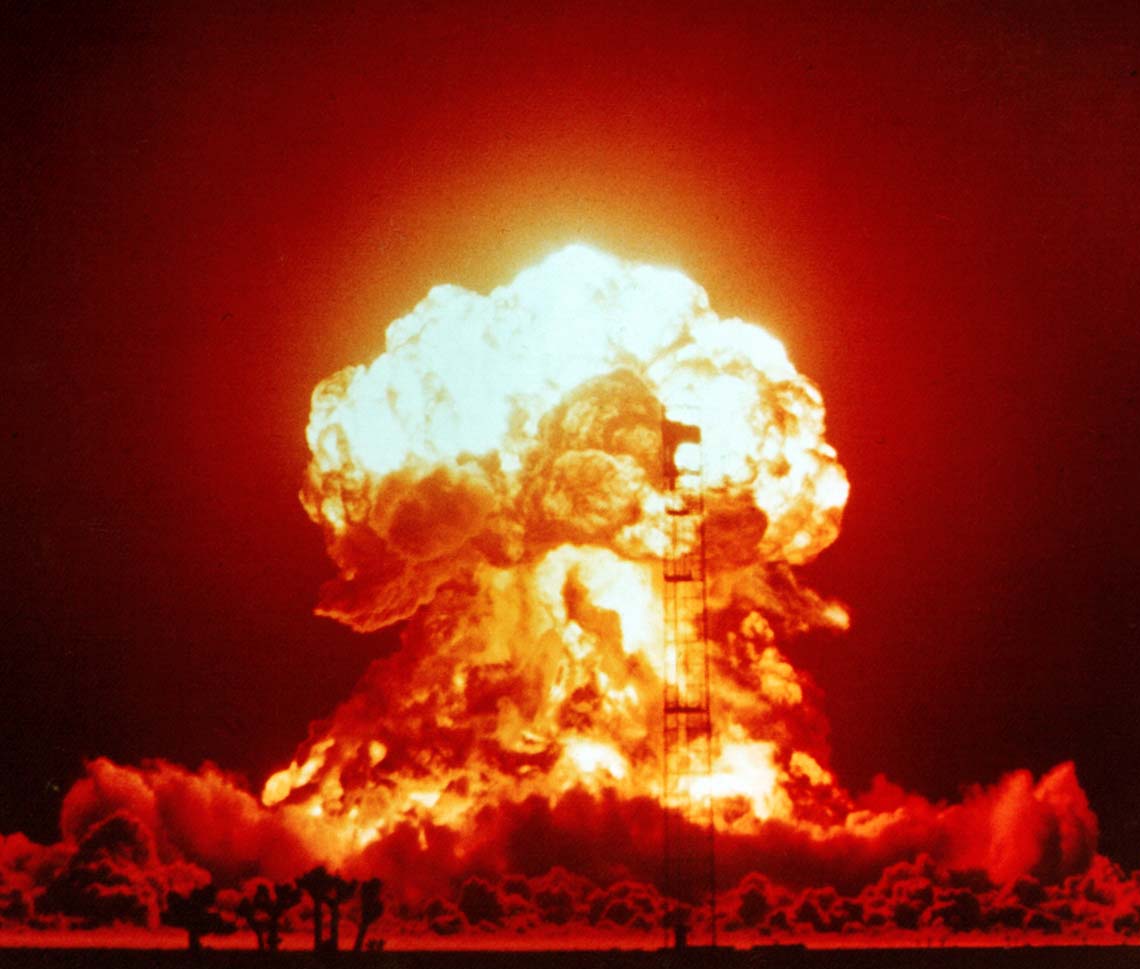"We are... America's Aquatic Environmentalists."
My group choose a theme on America's environmentalist movement during 1970s to 1990s, but more specifically, we focused on ocean pollution by oil spills. We took a close look at the environmentalists who were siginifcant, and environmental organizations between 1970s to 1990s.

To represent our ideas, my group put plastic bottle with trash and water in it, and oil bottle on top of the box. The plastic bottle represents the trash and pollution in the ocean, specially plastic materials. The oil bottle on top of the box represent the pollutino caused by oil, it is located on the top because when there is an oil spill in the ocean, the thick layer of oil stays on the surface of the ocean, which can only be cleaned by clothes or any absorbing materials.

My part of this project was to search the organizations that had formed and participated in the environmental movement during the time and to find the photos of the wildlife suffering from the pollution. My part was mostly done by researching on the web, and it wasnt' too difficult. The plastic bottle was found inside a trashcan in campus and the oil bottle was brought to school by a group memeber.

My advice to next year's class about this project is to plan ahead and be ready because I was rushed because i did not plan ahead.
Deukkwon Yoon



